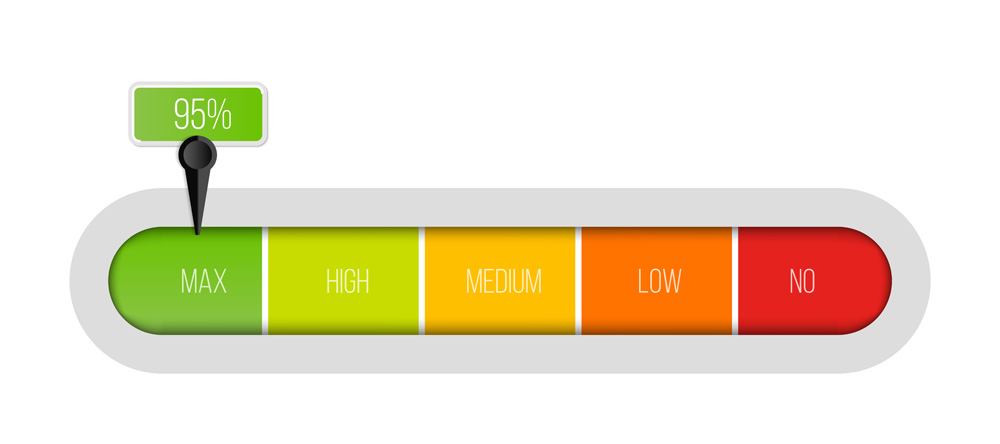Managing expectations is key to increase (or just ensure) customer satisfaction. In this article we explore bit the mechanism of expectation creation based on one actual example : Coolblue
How do expectations influence customer satisfaction
You’ve experienced already it : you purchased something on the internet. You’ve been waiting several days on the delivery and when it arrives, you unwrap the parcel and you’re disappointed by what you just saw. This mechanism is called “expectation disconfirmation” (or “expectancy disconfirmation”) and contributes highly to increasing or decreasing customer satisfaction.
What’ s happening here is that you actual compare the actual result (the object you’ve just discovered after opening the box) with the image you had created in your mind of this object. You had actually formed “expectations” about how your purchase should look like and when you get it, the comparison process starts.

Negative disconfirmation vs. positive disconfirmation
Obviously the disconfirmation process can work in both directions : either positive or negative. It can also happen that you get more than what you expected. Interestingly this feeling can be linked to the object itself but also to the service around it. You may remember an example we gave earlier on this blog of Archiduchesse, an online retailer of socks which uses to send goodies along with the product ordered. These goodies help increase the actual value perceived and lead to positive disconfirmation.
A scientist’s view on the impact of customer satisfaction
Customer satisfaction has been the subject of scientific research since the 1970s. However, its influence on customer loyalty does not seem to be as “strong” as in the past. Our lifestyles have changed; the purchasing decision processes have changed with digitalisation. Everything has become more complicated. The customer experience has also gone through this. One may, therefore, wonder what the links between all these factors are.
This is the question we asked Prof. Moshe Davidow, a world expert on customer satisfaction. You can find his interview below (this is the chapter of a more comprehensive podcast we have dedicated to the different facets of customer satisfaction in 2020).
Word-of-mouth and loyalty are not always by-products of positive disconfirmation
One should be careful : it’s not because you’ve created positive disconfirmation (in other words that a customer is satisfied) that you may expect positive word-of-mouth or increased loyalty. To reach those stages you need to create extreme positive disconfirmation. There are basically two possibilities to do so : either you decrease expectations or you increase the perceived value of what you deliver.
Decreasing expectations can be tricky as overperforming / overdelivering regularly can also show to your customer that you use this trick on purpose.
Increasing perceived value however is much more effective on the long-run. Two types of strategies can be used: enhance the service around the product or enhance the value perception of the product itself.

One concrete example : Coolblue
We’ve dealt with Coolblue already and gave actually a very positive feedback about them. Their promise is crystal clear : you order today, you’ll get your products tomorrow. The delivery is free-of-charge and they started giving consumers the possibility to pay for special delivery services. For instance, a payment of 9,95€ will give you the possibility to get your product delivery between 6pm and 10pm.
Given that the main promise revolves around delivery, the expectations are set in advance : you’ll enjoy your products tomorrow. It happened to me recently that I ordered on Coolblue and relied on their promise. I stayed home and waited for the delivery. But it never happened. When the deadline was over I then checked the email I got, followed the tracking link of Dynalogic (their partner for special deliveries) and discovered that they had made a mistake. No notification was sent however and I basically lost my time, waiting for nothing. This was a very negative disconfirmation.

Advice for your marketing strategy
The business environment is extremely though nowadays. I often repeat it’s not sufficient to have a very good product and a very good service. You need something else; a little touch of magic to be strategically different and attractive to customers. I consider this touch of magic is actually something that will unlock extreme positive disconfirmation.
What I’d like to do is to carefully think about what you deliver, be it a product or a service. What can you do, at the time of the delivery or after it, to increase the value perceived by the customers ? Can you add something tangible to the delivery ? Or should it be intangible ?
Think about it and come back to us !
Posted in Marketing.